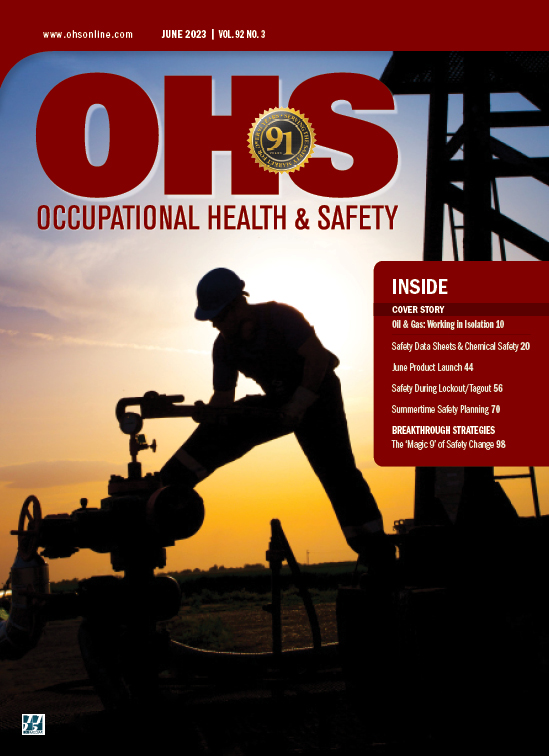
June 1, 2023
Find these topics and more in the April/May issue:
- Oil & Gas
- IH: Chemical Safety
- PPE for Women
- PPE:Head & Face Protection
- PPE: Electrical Protection
- Training: Lockout/Tagout
- Defibrillator & CPR
- Summer Hazards
- Fire Safety
- Heat Protection
- Gas Detection
- Safety Culture
Cover Story
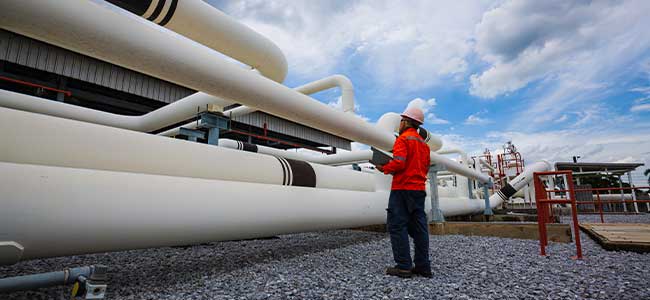
By Lucas Dower
Many oil and gas workers can operate as lone workers. Fortunately, there are technologies that can help protect isolated and remote employees.
Features

By Jeff Jones
This weekly inspection and testing regimen will promote workplace safety through regulatory adherence.
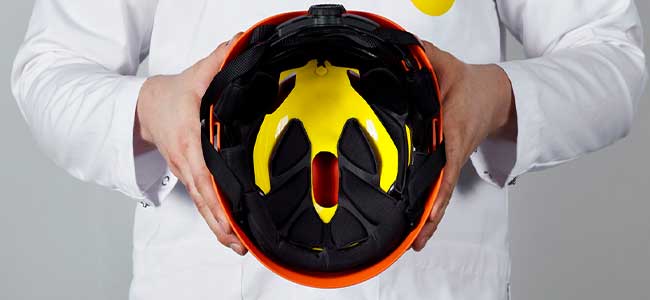
By Sofia Hedenstierna
Understanding rotational motion can better protect workers from head injuries and long-term risks.
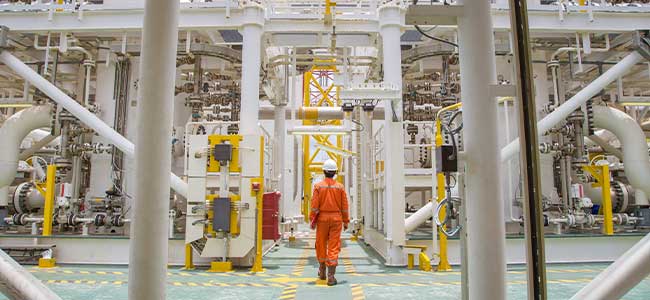
By David Kopf
How real-time location services are helping gas & oil companies implement individualized safety monitoring.

By Scott Margolin
One critical element of protection during LOTO procedures is the use of arc-rated flame resistant (AR/FR) clothing.
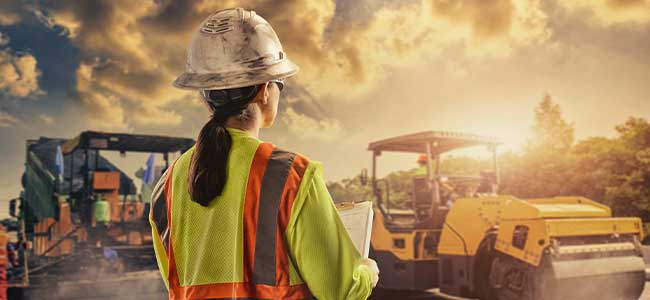
By Drew Thiel
What you should know about the differences between Type 1 and Type 2 protective hard hats.
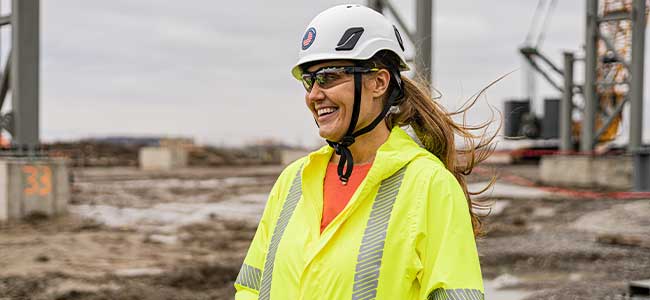
By Mary Padron
How women’s PPE creates a safe and inclusive job site.

By Kristi Hames
Don’t forget to get back to basics of chemical safety and industrial hygiene.

By Cynthia Horn
24/7 live monitoring elevates safety programs in a number of ways.
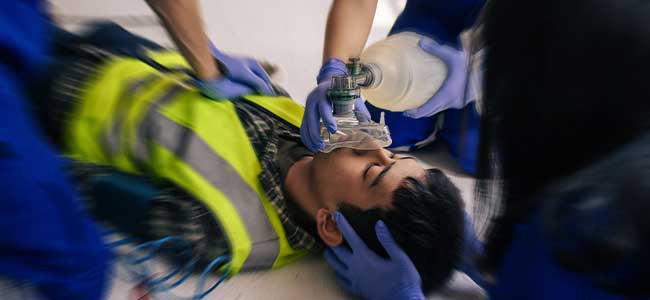
By Cindy Pauley
What you didn’t know about CPR and defibrillation could save a life.
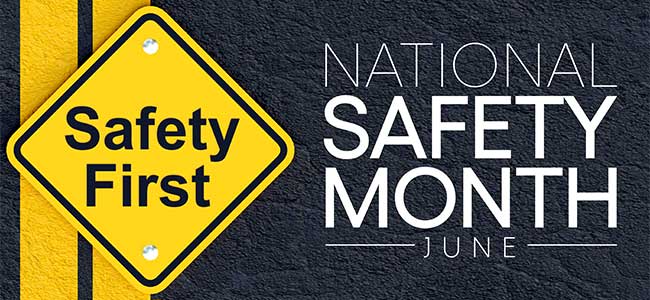
By David Cavallaro
Understanding head, face and eye hazards and their solutions will help keep workers stay safe this June — and all year long.
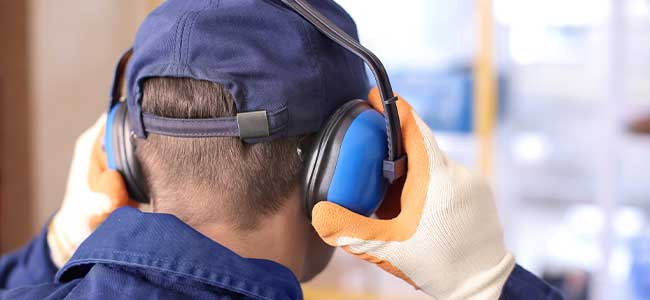
By Nate Holmer
What are the types of hearing loss, and what can be done to prevent it from happening at work?
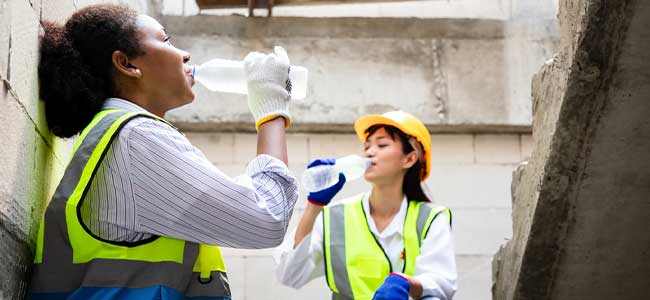
By Alex Saurman
Drinking water and staying hydrated is a simple task that can make a huge difference.

By Karen D. Hamel
The importance of utilizing the SDS to strengthen chemical storage and handling procedures.
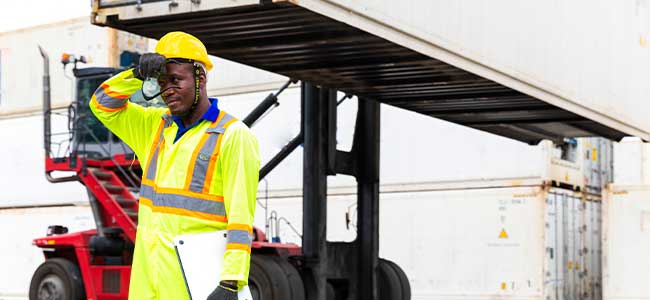
By John Heniff
If cold water immersion is not an option, the Tarp-Assisted Cooling Oscillation method for treating heat stroke sufferers can save lives on remote jobsites.

By David Kopf
A safety expert sits down with OH&S magazine to discuss why implementing proper risk assessment goes hand-in-glove with having the right PPE.

By Gen Handley
The heat’s coming and, with it, multiple safety challenges. Here’s how to make sure your team’s ready.

By Ray Prest
How to identify the soft spots in your safety culture.

By Steve Misuraca
Why a machine safety risk assessment process is critical before implementing alternative measures for lockout/tagout.
Departments
By Robert Pater
So how do you initiate then sustain safety changes that make a demonstrable difference beyond the just-going-through-the-motions repetition of minor variations on same-old themes that seem to eke out same-old results?